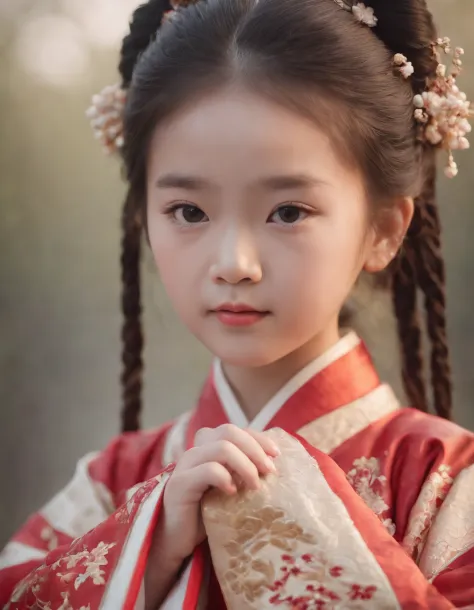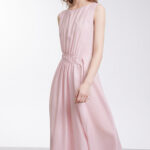**A Comparative Look at Hanbok and Hanfu Fashion**
Fashion is a reflection of a culture’s history, values, and aesthetics. Hanbok vs Hanfu, two traditional East Asian attires, have captivated the world with their elegance and distinctive styles. This article aims to delve into the intricacies of these two fashions, exploring their origins, evolution, and the cultural significance they hold.
**The Origins and Evolution**
Hanbok, the traditional attire of Korea, dates back to the Goguryeo period (37 BCE – 668 CE). It has evolved over centuries, reflecting the country’s dynastic changes and social hierarchy. The Hanbok is characterized by vibrant colors and flowing lines, symbolizing the harmony of Korean culture with nature.

Hanfu, on the other hand, is the traditional clothing of the Han Chinese. With roots in the Yellow River basin civilization, it has been worn for over 3,000 years. The Hanfu is known for its intricate patterns and structured silhouette, showcasing the opulence and sophistication of Chinese dynasties.
**Cultural Significance**
The Hanbok vs Hanfu debate often centers around their cultural significance. Both attires are more than just clothing; they are embodiments of cultural pride and identity. In Korea, the Hanbok is worn during traditional festivals and ceremonies, symbolizing respect for ancestral customs.
Similarly, the Hanfu movement in China has gained momentum in recent years as a way to reconnect with traditional values and resist cultural homogenization. Wearing Hanfu has become a form of cultural revival and a statement of national pride.
**Fashion and Modernity**
As fashion evolves, so do the Hanbok and Hanfu. Modern designers have infused contemporary elements into these traditional garments, making them relevant to today’s fashion scene. The Hanbok has been adapted for various occasions, from casual to formal, and the Hanfu has seen a surge in popularity among young people, who appreciate its historical depth and aesthetic appeal.

Moreover, the global interest in Hanbok vs Hanfu has led to a fusion of styles, with international designers incorporating elements from both into their collections. This cross-cultural exchange is enriching the fashion landscape and fostering a deeper appreciation for East Asian heritage.
**Conclusion**
Hanbok vs Hanfu is not just a comparison of two fashion styles; it is an exploration of the rich tapestry of East Asian culture. Both attires have their unique charm and historical significance, and their resurgence in modern times is a testament to the enduring appeal of traditional fashion. As we embrace the diversity of global fashion, let us also honor and celebrate the cultural heritage encapsulated in the Hanbok and Hanfu.








